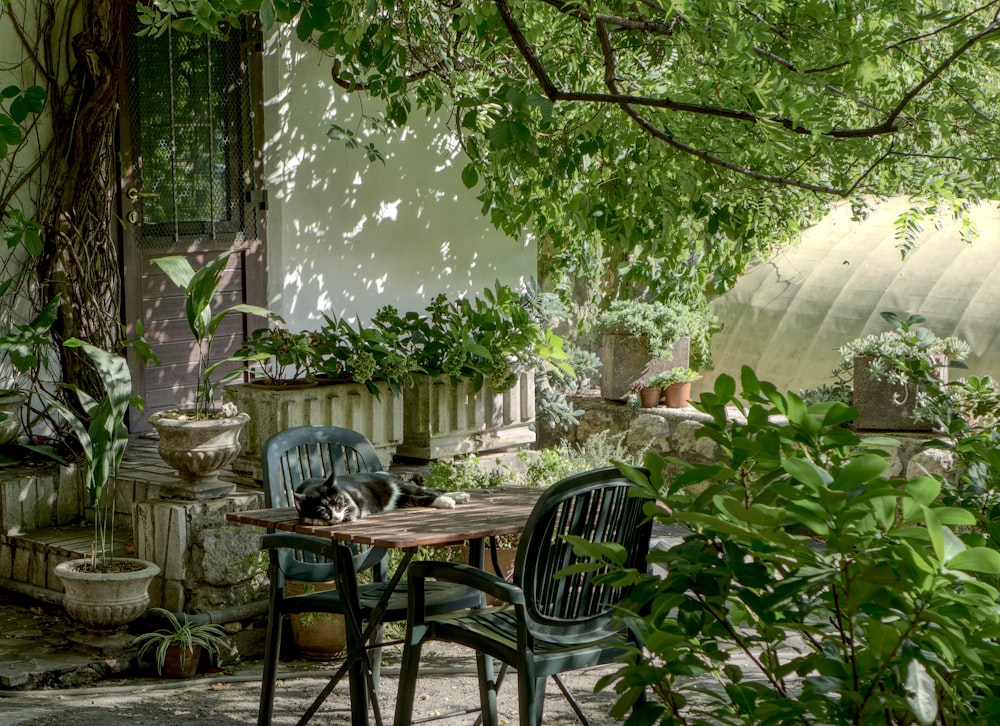Herb Garden Ideas Cultivating Flavor at Home
Cultivating Flavor at Home: Herb Garden Ideas Creating your own herb garden is a rewarding…

Cultivating Flavor at Home: Herb Garden Ideas
Creating your own herb garden is a rewarding and practical way to add fresh flavors to your culinary creations. Whether you have a sprawling backyard or a small balcony, there are plenty of herb garden ideas to suit your space and style.
Choosing the Right Location
The first step in creating an herb garden is choosing the right location. Most herbs prefer full sun, so look for a spot in your yard or on your balcony that receives at least six hours of sunlight per day. If you don’t have access to full sun, consider growing herbs that tolerate partial shade, such as mint and parsley.
Selecting Herbs
Once you’ve chosen a location, it’s time to select the herbs you want to grow. Think about the herbs you use most often in your cooking and start with those. Popular culinary herbs include basil, thyme, rosemary, parsley, and cilantro. Consider also adding some less common herbs, such as lemon balm or lavender, to add variety to your garden.
Planning Your Garden Layout
Before planting your herbs, take some time to plan your garden layout. Consider factors such as the mature size of each herb, their growth habits, and their water and sunlight requirements. Group herbs with similar needs together to make maintenance easier and ensure that each plant has enough space to grow.
Container Gardening
If you don’t have space for a traditional garden, consider container gardening instead. Many herbs, including basil, chives, and mint, thrive in containers and can be grown on a balcony, patio, or windowsill. Choose pots with good drainage and use a high-quality potting mix to ensure your herbs have the nutrients they need to thrive.
Vertical Gardening
Vertical gardening is another space-saving option for growing herbs. Install a vertical herb garden on a wall or fence using hanging planters, trellises, or pallets. This not only maximizes space but also adds visual interest to your outdoor space.
Companion Planting
Consider companion planting when designing your herb garden. Companion planting involves growing certain plants together to benefit each other in some way. For example, planting basil alongside tomatoes can help repel pests and improve tomato flavor, while planting chives near roses can help deter aphids.
Watering and Maintenance
Proper watering and maintenance are essential for the health and productivity of your herb garden. Most herbs prefer well-drained soil, so water them deeply but infrequently to prevent root rot. Remove any weeds that appear, and pinch back herbs regularly to encourage bushy growth and prevent flowering.
Harvesting and Using Herbs
Harvesting your herbs regularly encourages new growth and ensures that your plants remain healthy and productive. To harvest herbs, simply snip off the top few inches of each stem with sharp scissors or shears. Use fresh herbs immediately in your cooking, or dry them for later use by hanging them upside down in a warm, dry place.
Creative Uses for Herbs
Get creative with your herb garden by exploring different ways to use your herbs in cooking, crafting, and home remedies. Make infused oils and vinegars, herbal teas, homemade herb blends, or fragrant sachets for your drawers and closets. The possibilities are endless when it comes to incorporating fresh herbs into your daily life.
Sharing the Harvest
Finally, consider sharing the bounty of your herb garden with friends, family, and neighbors. Give away excess herbs as gifts, or host a garden party featuring dishes made with your homegrown herbs. Sharing the joy of gardening with others is a rewarding experience that fosters a sense of community and connection.
For more inspiration and tips on creating your own herb garden, visit here.






